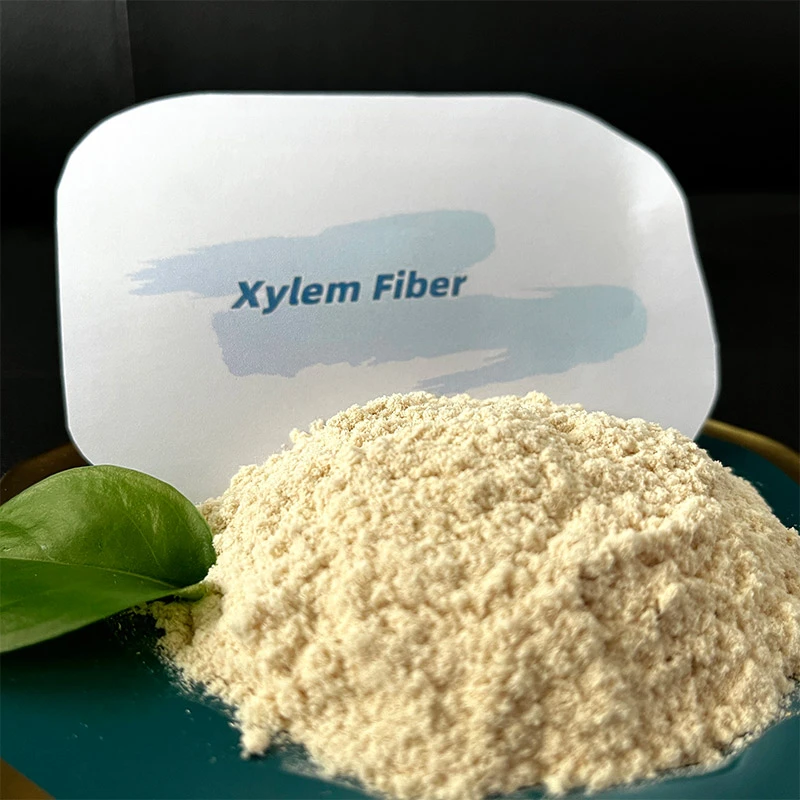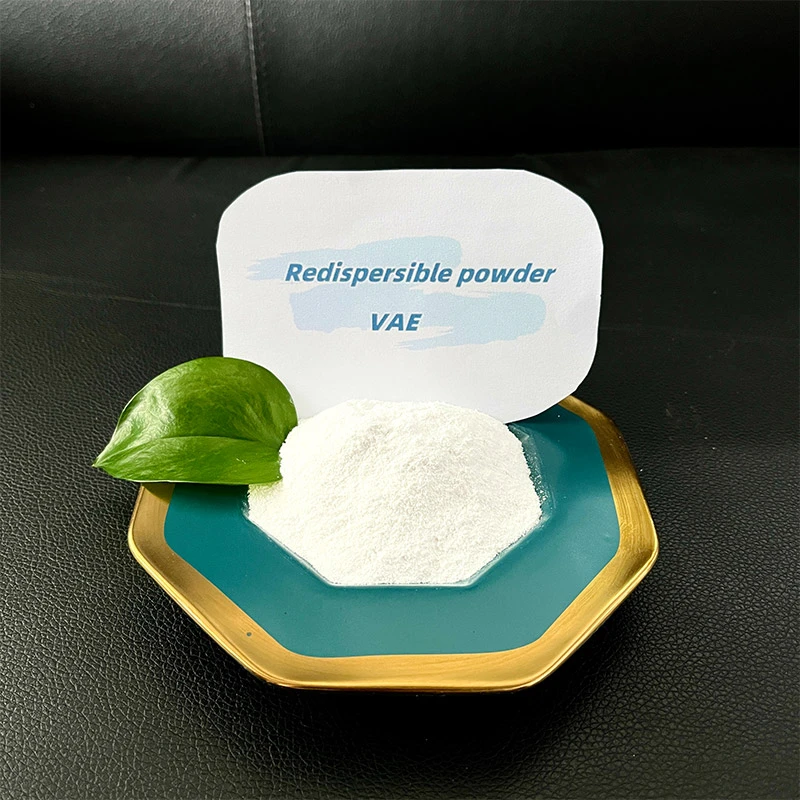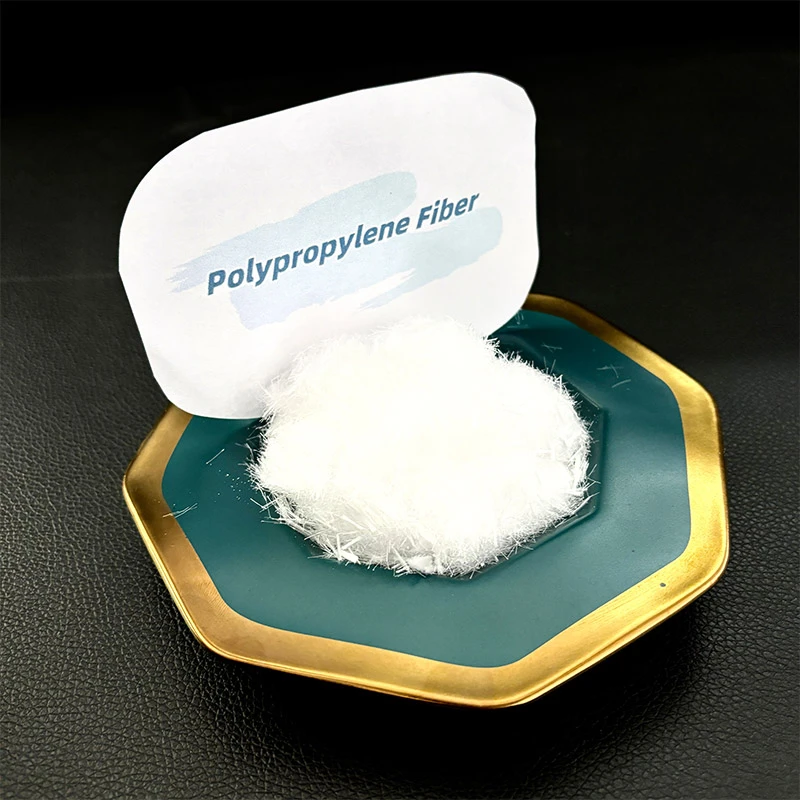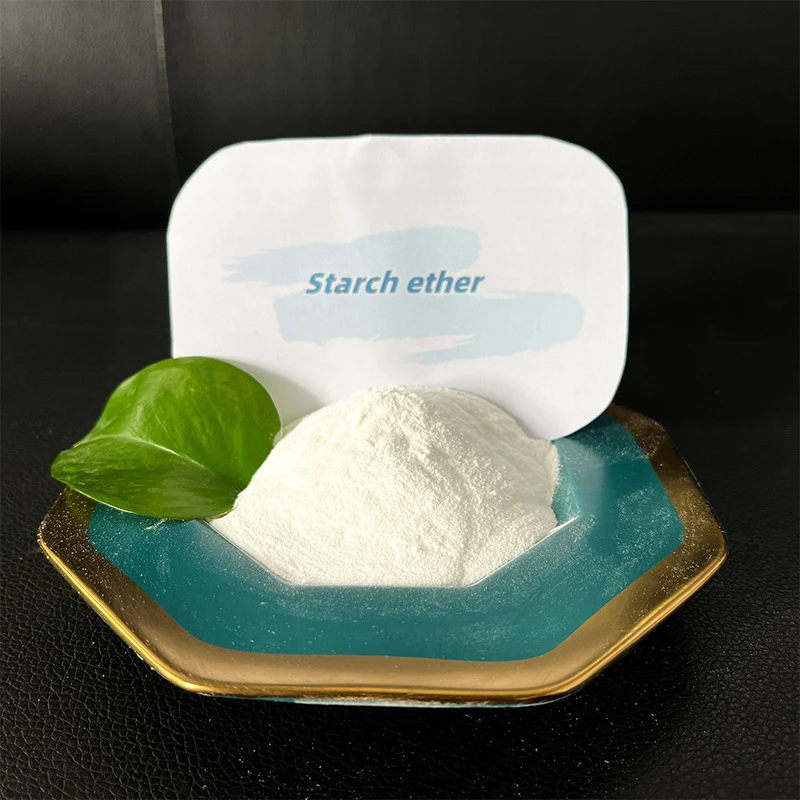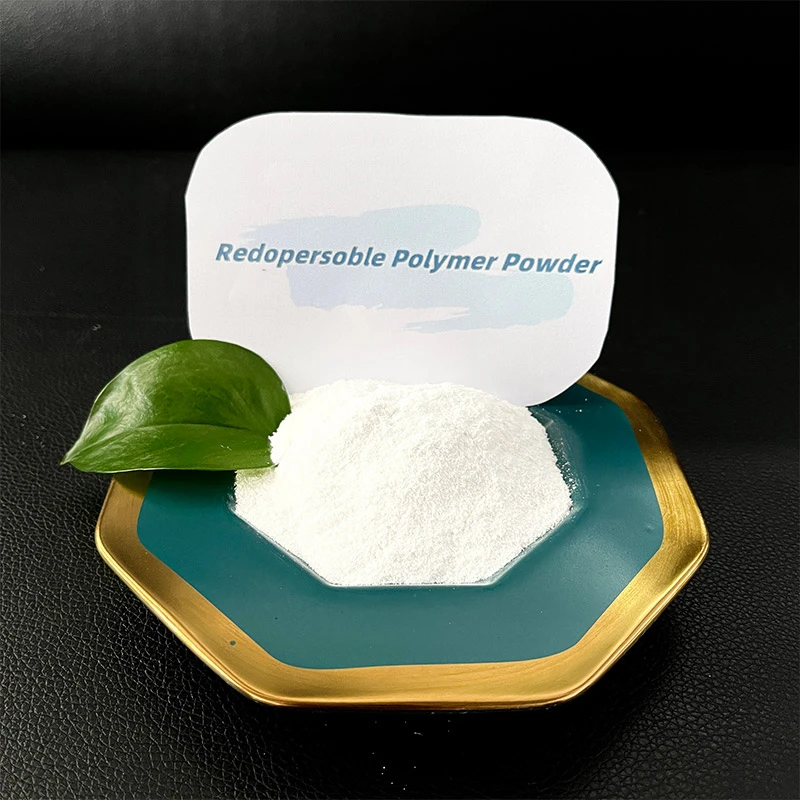
-

Add: HeBei ShengShi HongBang Cellulose Technology CO.,LTD.
-

Email
13180486930@163.com -

CONTACT US
+86 13180486930

High Quality Hydroxypropyl Methyl Cellulose HPMC Supplier & Manufacturer
ሐምሌ . 28, 2025 04:01
Back to list
High Quality Hydroxypropyl Methyl Cellulose HPMC Supplier & Manufacturer
Hydroxypropyl Methyl Cellulose HPMC is a highly versatile cellulose ether widely used in various industries for its exceptional properties such as thickening, water retention, film formation, and stability. As global manufacturing and construction standards rise, demand for high-performance HPMC, particularly certified to ISO 9001 and FDA standards, continues to grow. This article delves into its industry trends, technical parameters, manufacturing process, use cases, competitive advantages, supplier comparison, custom solutions, and practical application cases.
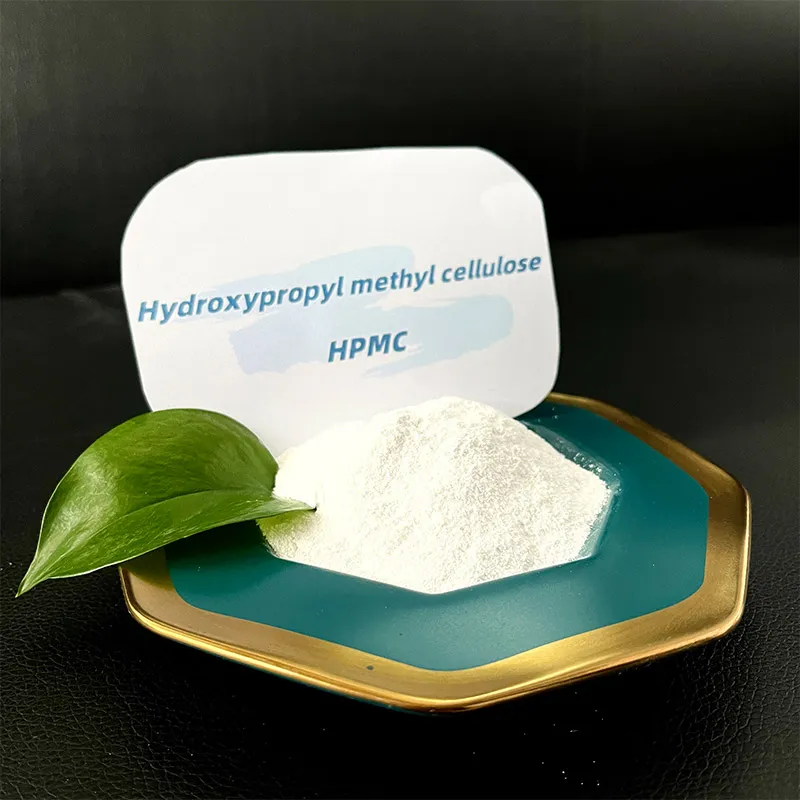
Figure 1: Appearance of Hydroxypropyl Methyl Cellulose HPMC Powder
Industry Trends and Market Dynamics
- ●Global Market Value in 2023: USD 1.20 billion (source), with an expected CAGR of 5.5% through 2028.
- ●Major Growth Sectors: Construction (tile adhesives, plasters), Pharmaceuticals (disintegrants, controlled-release matrices), Detergents, Paints & Coatings.
- ●Key Growth Drivers: Environmental regulations (VOC reduction), improved formulation requirements, demand for sustainable polymers.
- ●Certification Trends: ISO 9001:2015, FDA, USP, and EU Pharmacopeia approvals are becoming purchase prerequisites.
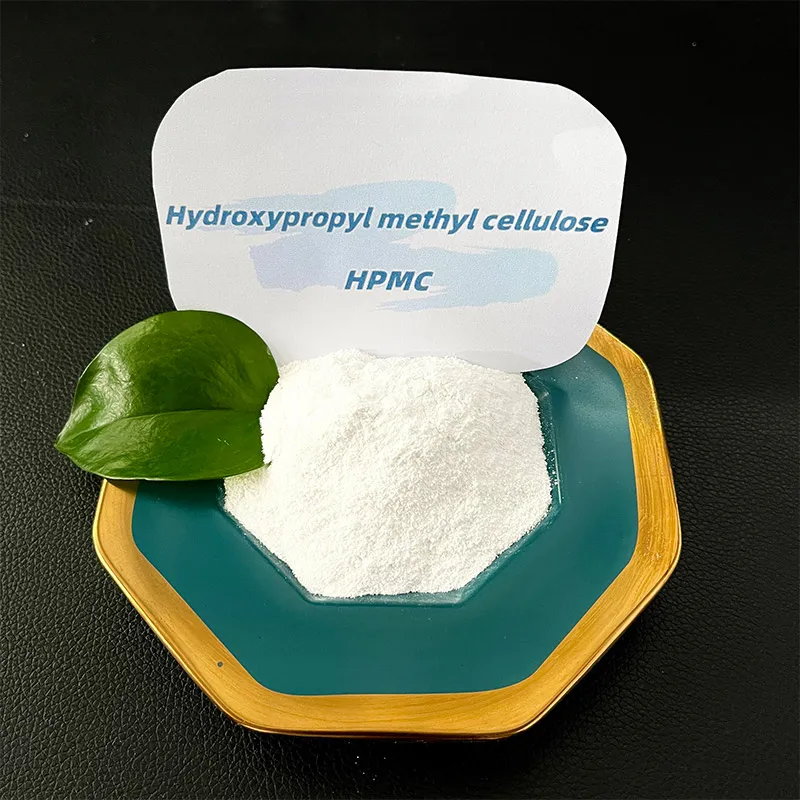
Figure 2: Market Trend of Hydroxypropyl Methyl Cellulose HPMC Applications
Hydroxypropyl Methyl Cellulose HPMC: Technical Specifications
Hydroxypropyl Methyl Cellulose HPMC is defined by polymer substitution levels, molecular weight, and particle size, governing its rheology and performance in various end-uses.
| Parameter | Typical Value | Range | Industry Standard | Description |
|---|---|---|---|---|
| Appearance | White to off-white powder | --- | ISO 9001:2015 | Free-flowing, odorless |
| Viscosity (2% solution, 20°C) | 20,000 mPa·s | 5,000–100,000 mPa·s | USP/EP/BP | Determines thickening power |
| Moisture Content (%) | ≤ 5.0 | 3 – 7 | USP/Ph. Eur | Ensures storage stability |
| Methoxy Content (%) | 19.0 – 24.0 | 16.5–32.0 | ISO 2481 | Relates to hydrophilicity |
| Hydroxypropoxy Content (%) | 4.0 – 12.0 | 4.0–32.0 | ISO 2481 | Impacts gel temperature |
| pH Value (1% sol. 25°C) | 6.5 – 8.0 | 5.0–9.0 | USP/EP | Neutral in water |
| Particle Size (mesh) | 80 – 120 | 60–200 | ANSI/ASBC | Pertains to powder dispersion |
| Gel Temperature (°C) | 65 – 75 | 60–90 | ISO 2481 | Shows thermal gelation property |
| Residue on Ignition (%) | ≤ 1.5 | 0.5–2.0 | USP/EP | Indicates purity |
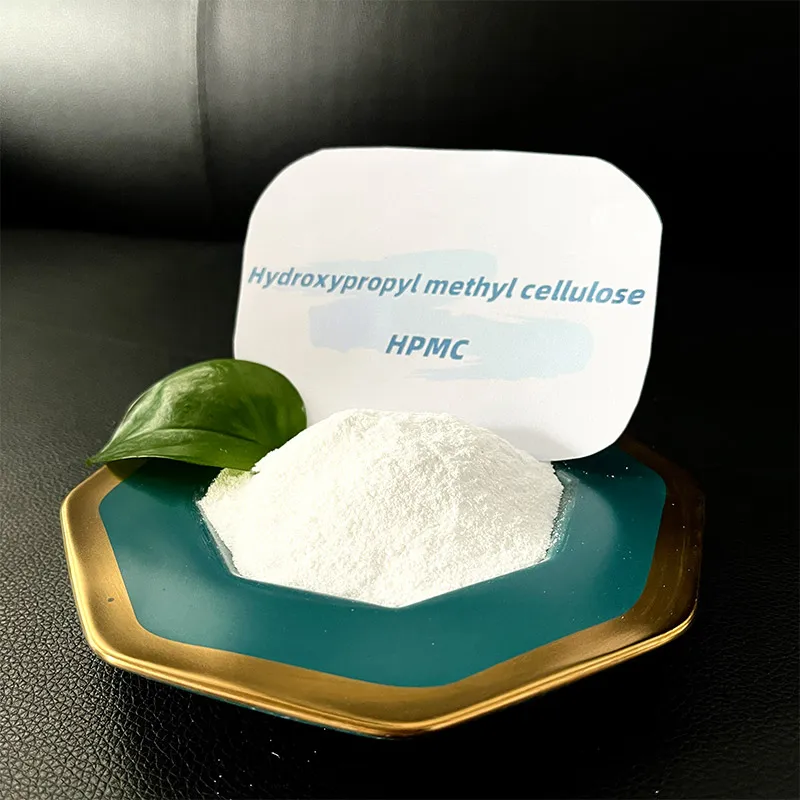
Figure 3: Hydroxypropyl Methyl Cellulose HPMC Specification - Flowability and Purity
Technical Parameter Trends (2019-2024)
Data Source: SSHB, MarketsandMarkets, ISO reports (2019-2024)
Manufacturing Process of Hydroxypropyl Methyl Cellulose HPMC
Detailed Workflow:
- ➜Step 1: Pulverization & Alkali Treatment: High-purity refined cotton cellulose is milled and activated in an alkali solution (NaOH) at low temperature for 30-60 minutes.
- ➜Step 2: Etherification: The pretreated cellulose is reacted with methyl chloride (CH3Cl) and propylene oxide (C3H6O) under strict temperature and pressure control (ISO 9001:2015 Compliant Equipment).
- ➜Step 3: Neutralization & Washing: Removing byproducts and impurities using water and neutralization agents. Purity > 99.5% is ensured.
- ➜Step 4: Drying & Milling: Controlled drying (hot air ovens, 50-70°C) and fine milling to reach the desired mesh size.
- ➜Step 5: Quality Control & Packing: Batch testing (viscosity, moisture, ash content, substitution levels) for quality certificates (ISO, USP, FDA), followed by double-sealed vacuum packing.
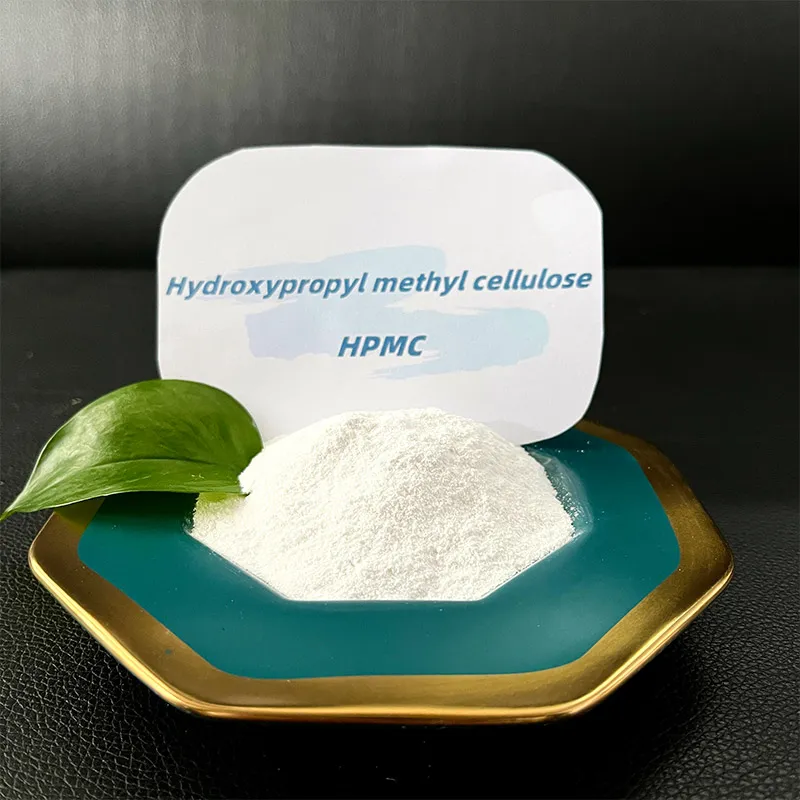
Figure 4: Manufacturing Process Flowchart Hydroxypropyl Methyl Cellulose HPMC
- ✓ Materials used: Premium cotton cellulose, food/pharma-grade chemicals.
- ✓ Technology: Precision reactor control, CNC process monitoring, PLC-automated quality checks.
- ✓ Compliance: ISO 9001:2015, FDA, USP, ANSI standards at all stages.
- ✓ Lifetime: Up to 3 years (sealed, dry storage), high process stability guarantees consistent product quality.
Competitive Manufacturer Comparison
| Manufacturer | Region | Certifications | Annual Output (Tons) | Industrial Focus | On-time Delivery (%) |
|---|---|---|---|---|---|
| Shandong Shengshan | China | ISO 9001, FDA, CE | 30,000 | Construction, Pharma | 98.7 |
| Dow Chemical | US/EU | ISO 9001, FDA, USP | 22,000 | Pharma, Food, Coatings | 96.4 |
| LOTTE Fine Chemicals | Korea | ISO 9001, EP | 17,000 | Industrial, Laundry | 98.2 |
| Ashland | EU/US | GMP, FDA, ISO 9001 | 15,500 | Pharma, Paint | 97.1 |
| Shin-Etsu | Japan | ISO 9001, FDA, Kosher | 19,500 | Pharma, Food | 99.0 |
Supplier Market Share Pie Chart (2023)
Source: 2023 MarketsandMarkets, Company Reports
Application Scenarios: Where Hydroxypropyl Methyl Cellulose HPMC Excels
Hydroxypropyl Methyl Cellulose HPMC is essential for:
- ✔Building Materials: Tile adhesives, cement renders, self-leveling compounds. Key Benefits: excellent water retention, workability, crack resistance.
- ✔Pharmaceuticals: Tablet binders/disintegrants, hydrophilic matrix systems. Key Benefits: Controlled release, FDA/USP compliance.
- ✔Paints & Coatings: Rheology modifier, film former. Key Benefits: Improved brushability, stability, anti-sag properties.
- ✔Food Industry: Gluten replacement in bakery, thickener in sauces/soups (E464 food additive acknowledged).
- ✔Personal Care: Lotions, shampoos – thickening, emulsifying.
- ✔Oilfield & Construction Chemicals: Fluid loss agent, water blocking.
- ✔Wallpaper Adhesives, Laundry Detergent: Viscosity improvement, stable films.

Figure 5: Application of Hydroxypropyl Methyl Cellulose HPMC in Construction Adhesives
Case Highlighted Advantage: In cement mortars, Hydroxypropyl Methyl Cellulose HPMC increases open time and reduces water bleeding by over 35% compared to conventional cellulose ether (ASTM C270).
Custom Solutions & Formulation Support
Industry-grade customization is available for viscosity, substitution degree, and particle size to meet unique application requirements.
- ★Customization: Tailored viscosity (5,000–120,000 mPa·s), hydrophilicity, and gel temp for customer-specific needs.
- ★Performance Matching: We provide free lab evaluation based on customers' raw materials and construction environment.
- ★Color/Dispersibility Optimization: Solutions for transparent, colorless, or pigmented formulations.
Key Technical Benchmark (Product Comparison)
Radar Chart: SSHB HPMC vs. Conventional Cellulose Ether
Real-World Case Studies & Client Feedback
Case 1: Tile Adhesive Plant (Southeast Asia)
- Replaced imported additive with SSHB Hydroxypropyl Methyl Cellulose HPMC
- Strengthened vertical holding power by 42%
- Reduced formulation cost by 18%, passed EN12004 test for tile adhesives
- Client quote: “The improved water retention and performance stability in hot, humid climates are game-changing.”
- Pilot-tested food/pharma-grade HPMC for tablet coating
- Achieved dissolution profile matching well-known global brands, compliant with FDA, USP 38, EP
- Client quote: “Certification and delivery were excellent, and technical guidance for scale-up saved weeks in process validation.”
- Customized high water retention HPMC grade for gypsum-based mortar
- Increased open time by 37%, reduced microcracking by 27%
- Technical service included on-site product adjustments and after-sales support
Certifications, Compliance & Quality Assurance
- ⚡Standards Met: ISO 9001:2015, FDA, USP, EP, BP, ANSI, EN12004, ASTM C270
- ⚡Third-Party Testing: SGS, Intertek validation reports
- ⚡Cooperation: Major international construction, pharma, and food brands
- ⚡Lifecycle Expectancy: 3 years shelf life under sealed, dry conditions
- ⚡Support: 24/7 technical hotline, formulation consulting, rapid sample delivery
Delivery, Warranty & Customer Support
- ☑Delivery Times: Standard dispatch 7-15 days after order confirmation; rush orders available for strategic partners
- ☑Warranty Policy: All Hydroxypropyl Methyl Cellulose HPMC products covered by 18-month quality warranty
- ☑After-sales: Global online support, on-site technical service for bulk clients, instant troubleshooting and process upgrading based on usage feedback
- ☑Quality Commitment: All batches accompanied by test reports and compliance certificates (ISO/SGS/FDA)
FAQ: Professional Terminology & Application Insights
1. What is the basic material for manufacturing Hydroxypropyl Methyl Cellulose HPMC?
Answer: Premium-grade purified cotton cellulose, chosen for high alpha-cellulose content (>95%), ensures polymer stability and minimal impurities.
2. What range of viscosity is commonly supplied for Hydroxypropyl Methyl Cellulose HPMC in construction?
Answer: 15,000–100,000 mPa·s at 2% solution (20°C) for tile adhesives; customized for specific rheological profiles (ASTM D2363 verification).
3. Which international standards and specifications are referenced for HPMC quality control?
Answer: ISO 9001, USP, Ph. Eur, BP, ANSI, ASTM C270, EN12004. Each certifies aspects of purity, performance, and safety.
4. How is HPMC analyzed for substitution type and level?
Answer: Gas chromatography (GC) and nuclear magnetic resonance (NMR) techniques accurately quantify methoxy (19–24%) and hydroxypropoxy (4–12%) content.
5. What guidelines should be followed for industrial installation and use?
Answer: Follow ISO 2481 for storage/handling. Hydrate with high-shear mixers, gradually adding powder to avoid lumping. pH adjustment (6.5–8.0) optimizes dispersal.
6. How does Hydroxypropyl Methyl Cellulose HPMC improve product shelf life?
Answer: Its high purity, low moisture (
7. Is food/pharma-grade Hydroxypropyl Methyl Cellulose HPMC suitable for hypoallergenic or vegan product lines?
Answer: Yes, certified HPMC is allergen-free, gluten-free, and vegan (meets FDA/USP/EP E464 food additive rules).
Summary & References
Hydroxypropyl Methyl Cellulose HPMC stands out as an irreplaceable functional additive, offering technical advantages and regulatory compliance for industries globally. Its adoption is fueled by stricter quality requirements, rising sustainable construction trends, and full-spectrum technical support from leading manufacturers.
For deeper industry insights:
For deeper industry insights:
- “Cellulose Derivatives in Food and Pharma: Regulation and Trends” (Journal of Agricultural and Food Chemistry)
- “Performance of HPMC in Construction Materials” (Construction and Building Materials)
- “Hydroxypropyl Methylcellulose Market Analysis” (Market Research Report)
- HPMC application discussions at Eng-Tips Chemical Engineering Forums
Prev:
This is the first article
Latest News
-
Ethyl Cellulose Powder as a Pharmaceutical BinderNewsJul.10,2025
-
Blending Fibre Natural and Synthetic for PerformanceNewsJul.10,2025
-
Starch Ether For Construction: The Advanced Mortar Additive RevolutionNewsJul.10,2025
-
MHEC Cellulose in Cement-Based Renders and PlastersNewsJul.10,2025
-
Micronized Rubber Powder Dispersion TechniquesNewsJul.10,2025
-
Impact of Cream of Tartar Plaster Retarder on Final StrengthNewsJul.10,2025
-
Rubber Powder Durability in ConstructionNewsJun.26,2025







